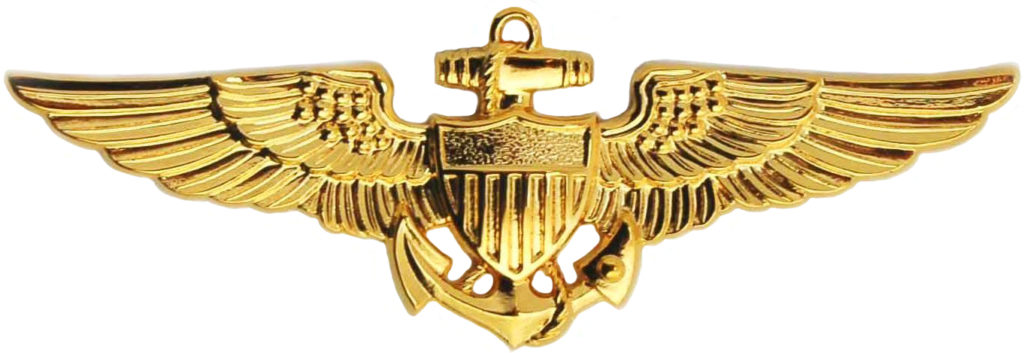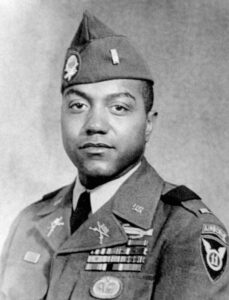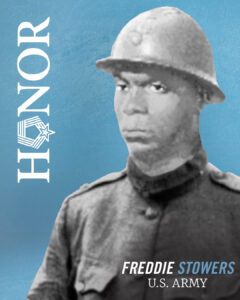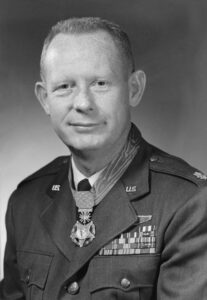- Date of Action: February 20, 1942
- Squadron: Fighting Squadron 3 (VF-3), USS Lexington (CV-2)
- Location: Near New Britain Island
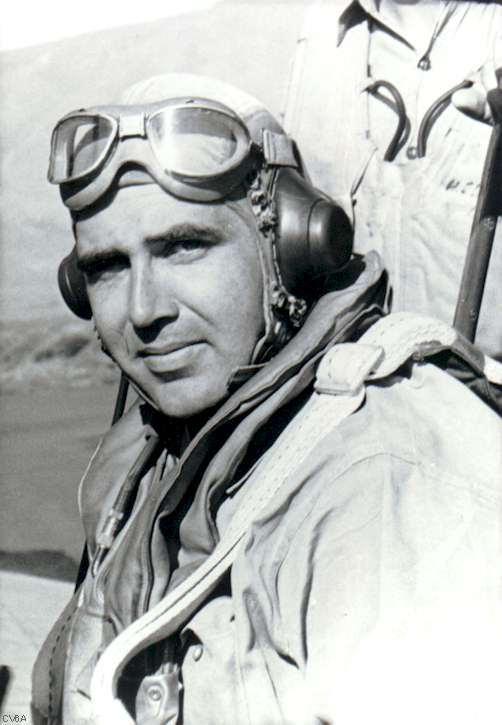
Edward O’Hare grew up in an affluent family in St. Louis, Missouri. O’Hare’s father, determined to drive some discipline into his son, enrolled “Eddie” in the Western Military Academy in 1927. While O’Hare proved to be a mediocre football player, he showed himself as an excellent marksman on the academy’s rifle team. Determined that his son would avoid the often-shady race-track business that he worked in, O’Hare’s father urged Eddie to apply to the United States Naval Academy. O’Hare failed to pass the entrance exam, but after attending a prep school, was accepted on his second try. Graduating 255 out of 323 in the Class of 1937, O’Hare’s time at the Academy had been mostly unremarkable. Nicknamed “Butch” by his classmates, O’Hare served on US Navy battleships before being accepted into the Navy’s flight program in 1939. Earning his Navy wings of gold, Butch O’Hare was assigned to Fighting Squadron 3 (VF-3).
Seeking retribution for the Japanese attack on Pearl Harbor, the US aircraft carrier USS Lexington (CV-2) was sent to strike the Japanese naval base at Rabaul on New Britain Island. After a Japanese Kawanishi H6K “Mavis” flying boat discovered the US carrier roughly 500 miles northeast of the base, the Japanese sent two formations of Mitsubishi G4M “Betty” bombers from the 4th Naval Air Group to attack and sink this new threat.
Picked up by the Lexington’s radar, the Wildcats of Fighting Squadron 3 (VF-3) maneuvered to take on the incoming bombers. While VF-3 was a highly trained outfit, this would be their first combat operation. One section of Wildcats, under the command of VF-3’s skipper, LCDR John Thach, attacked nine of the incoming Betty bombers, shooting down three of them and driving the rest away. But while Thach’s group was attacking one part of the Japanese force, another section of Betty bombers headed for the Lexington from the opposite direction. As the eight Betty bombers nosed down to attack the carrier, only two Wildcats stood in their way—those piloted by Dufilho and O’Hare. The four Browning .50 caliber machine guns on Dufilho’s Wildcat jammed, leaving O’Hare’s Wildcat as the only plane that could interdict the oncoming Japanese force.
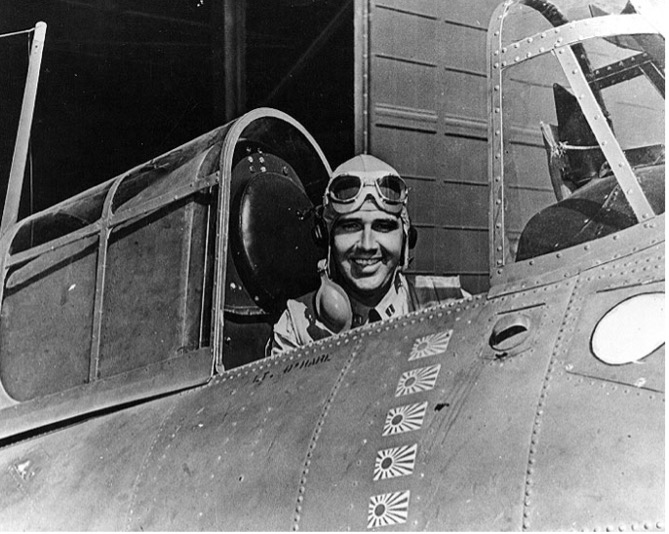
O’Hare maneuvered his Wildcat above the Japanese bombers and dove down on the formation. As the Bettys flew toward the Lexington, O’Hare made a series of slashing passes that damaged or downed six of the Mitsubishis. The dazed bombers that did make it through O’Hare and the Lexington’s anti-aircraft fire dropped their 250kg bombs astern of the carrier, causing no damage to the precious flattop.
After landing back aboard the Lexington, O’Hare claimed that, in four action-packed minutes, he had shot down six of the bombers. He was later credited with five victories by the US Navy. No matter the score, it was clear to all that day that O’Hare’s solo attacks had broken up the Japanese formation and saved the Lexington. As the US Navy’s first ace of World War II and an “Ace in a Day”, O’Hare’s fame soared. The fresh-faced Navy ace became just the kind of hero that the nation needed during these dark, early days of World War II. Despite his protestations, O’Hare was ordered back to the states where he received the Medal of Honor from President Franklin D. Roosevelt in the Oval Office on April 21, 1942 – FDR’s first opportunity to decorate a war hero from World War II. In addition to receiving his nation’s highest military decoration, O’Hare was promoted two ranks to Lieutenant Commander by order of the president.

Sadly, O’Hare did not survive World War II. As he flew a F6F Hellcat near Tarawa Island on November 27, 1943, O’Hare’s plane went down in the dark waters below and his body was never recovered. Butch O’Hare is probably best known today as the namesake of Chicago O’Hare International Airport—one of the busiest airports in the world.
Medal of Honor Citation
For conspicuous gallantry and intrepidity in aerial combat, at grave risk of his life above and beyond the call of duty, as section leader and pilot of Fighting Squadron 3 on 20 February 1942. Having lost the assistance of his teammates, Lt. O’Hare interposed his plane between his ship and an advancing enemy formation of nine attacking twin-engined heavy bombers. Without hesitation, alone and unaided, he repeatedly attacked this enemy formation, at close range in the face of intense combined machine-gun and cannon fire. Despite his concentrated opposition, Lt. O’Hare, by his gallant and courageous action, his extremely skillful marksmanship in making the most of every shot of his limited amount of ammunition, shot down five enemy bombers and severely damaged a sixth before they reached the bomb release point. As a result of his gallant action one of the most daring, if not the most daring, single action in the history of combat aviation he undoubtedly saved his carrier from serious damage.
